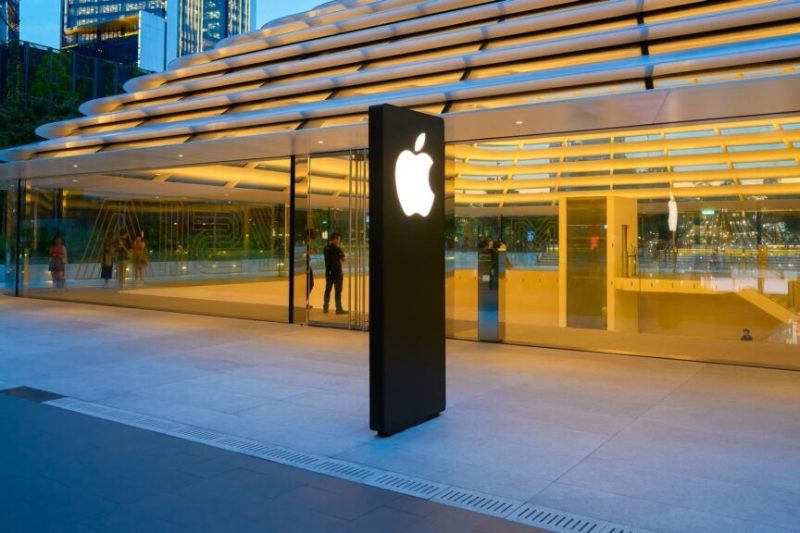
President Trump’s recent ultimatum to Apple – manufacture iPhones in the US or face a hefty 25% tariff – has sent ripples through the tech world. The demand throws a spotlight on the complex realities of global manufacturing and the potential costs of reshoring production. While the move might seem like a win for American jobs, the economic implications are far more nuanced.
One leading analyst suggests Apple is more likely to absorb the tariff than undertake the massive undertaking of shifting its entire iPhone production chain to the United States. The logistical hurdles are immense, involving a complete overhaul of supply chains, workforce training, and significant capital investment. This would undoubtedly impact Apple’s bottom line, potentially leading to higher prices for consumers.
Furthermore, there’s a significant risk factor beyond the initial cost. The analyst points out that even if Apple were to relocate production, there’s no guarantee against future tariff threats. The current political climate makes it difficult to predict future trade policies, leaving Apple vulnerable to further economic uncertainty.
Absorbing the 25% tariff, while undeniably costly, offers a degree of predictability and stability. It allows Apple to maintain its established, efficient production processes, minimizing disruption to its global supply chain. This strategy prioritizes minimizing short-term economic disruptions over the long-term, albeit significant, challenges associated with reshoring production.
Ultimately, Apple’s decision highlights the delicate balancing act companies face when navigating global trade politics. The choice between absorbing tariffs and completely restructuring their manufacturing operations is a complex one with far-reaching consequences for the company, its consumers, and the global economy.










